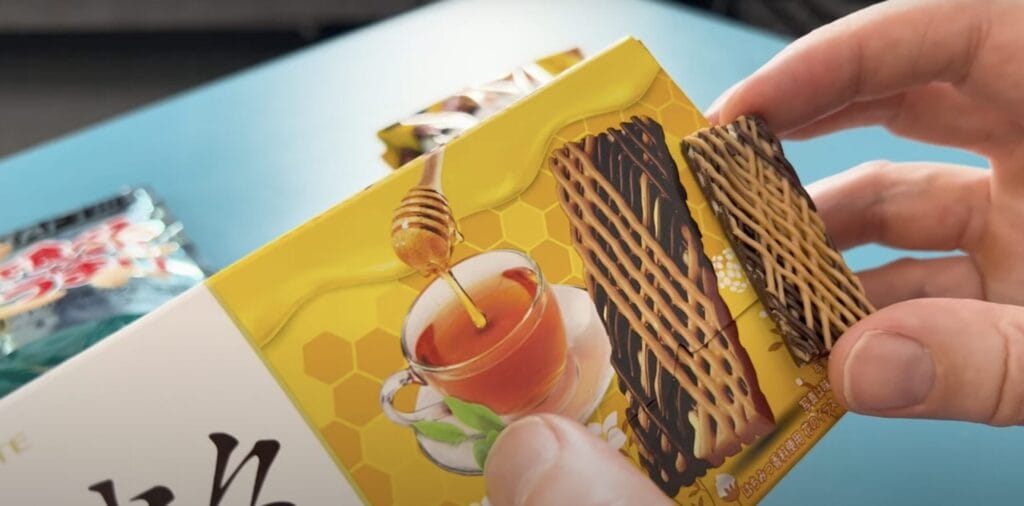In early November 2024, the video spread in social networks that the sweets sold in Japan exactly correspond to their images on the packaging in size. It is claimed that local legislation requires this. We checked whether such publications are true.
The video captures a girl who reveals several packs of Japanese snacks and sweets, checks their size with the image on a pack or box and every time he makes sure that it coincides. “In Japan, there is a law that requires the image of snacks on the package to fully correspond to a real snack in shape, size and appearance,” the authors of posts in social networks say in the video. The video appeared in many popular Telegram channels, for example, "Dual"(278,000 views at the time of writing this analysis), 4ch (115,000), "The city of Zhupov"(94,000) and"All -seeing eye"(91 000). On social networks x one of posts With the discussion of the video, he scored 212,000 views.
The problem of the inconsistency of advertising photographs of products and their real species bothers people in different countries of the world. For example, in 2023 a court in Florida examined Group lawsuit against Burger King: Consumers claimed that in the pictures in the menu, cutlets in burgers look thicker and more juicy than in reality. Authors of publications on entertainment sites often They make up Collections Posts from social networks on the topic "Photos of food on packaging: expectation and reality."
The video that was enclosed in Russian -speaking social networks is mounted from two videos. The first in August 2024 was published by the blogger Patricia O’Connor - it gained more than 3.6 million views on YouTube and 3.4 million in Tiktok. Second In March 2024, the French blogger Bebechan was living in Japan-in X it was watched more than 2 million times. Such videos became viral and previously. Other users, on the contrary, shared with subscribers stories About Japanese snacks that do not meet the alleged rules.

In Japan, the design of power packages is regulated The Law on the Prevention of unfair advertising and representing goods. It, in particular, says that photographs and signatures on the packaging or menu should not create a false impression of the quality of the product. This rule applies to all forms of advertising, including posters, signs, online banners and packaging itself. At the same time, there is no direct indication that the size of the products in the photographs should strictly correspond to the real one in the text of the law. Nevertheless, in order to warn the possible complaints of consumers, many Japanese manufacturers just in case add to the package the inscription "Photography is an illustration, not a real image of the product."
Thus, manufacturers of products in Japan are really trying to present their goods on the package as realistic as possible, including so that its size in the image coincides with the real one. There is no direct requirement to do this in the relevant local law, but its other provisions oblige not to create a false impression on the contents of the box or can. Although many manufacturers strive to be safe, to find in Japan, for example, a box of sweets, which will be less than shown on the packaging, is quite real.
Photo on the cover: a screenshot of a viral video
Read on the topic:
- Is it true that in the USA it is forbidden to sell kinter surges?
- Is it true that any tile of chocolate contains particles of shells of cockroaches?
- Is it true that in Japan students are forbidden to dye hair?
- Is it true that the homeland of Matryoshka is not Russia, but Japan?
If you find a spelling or grammatical error, please inform us of this, highlighting the text with an error and by pressing Ctrl+Enter.






